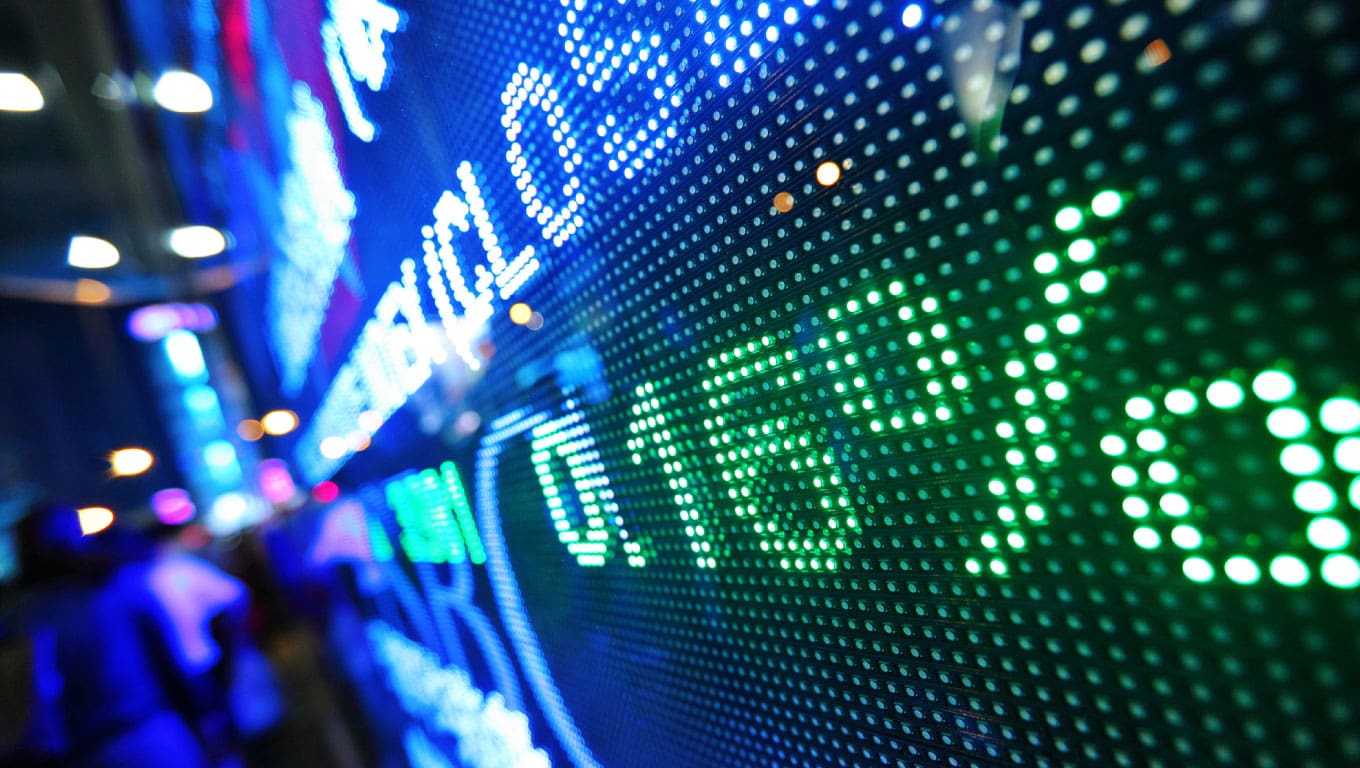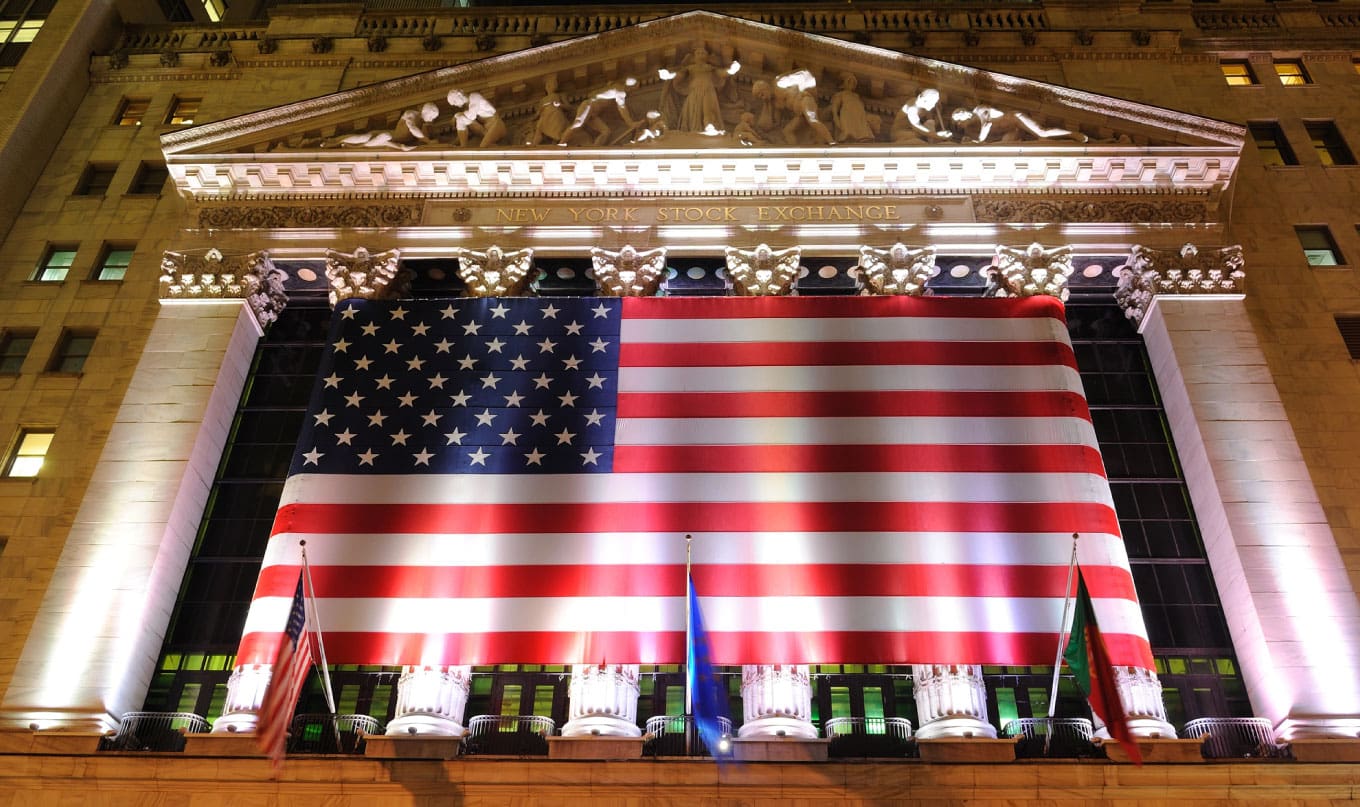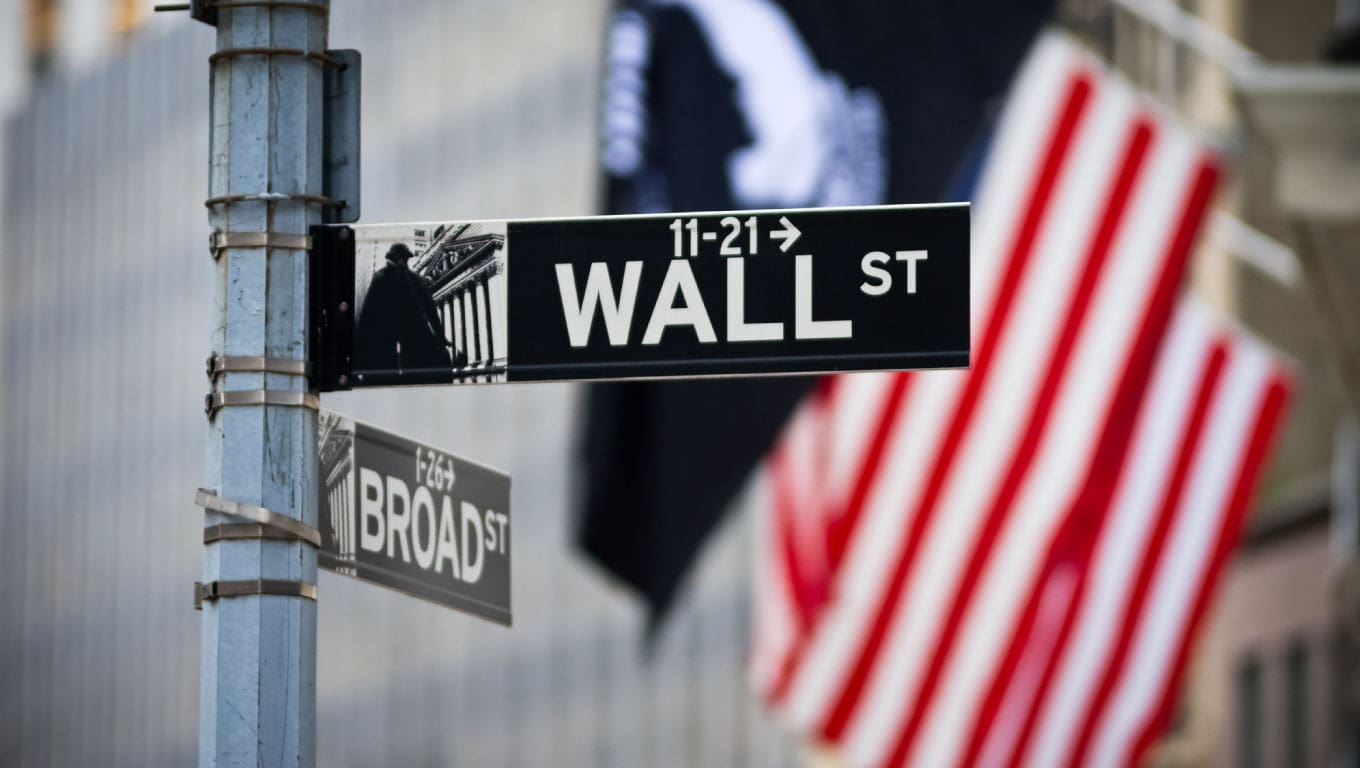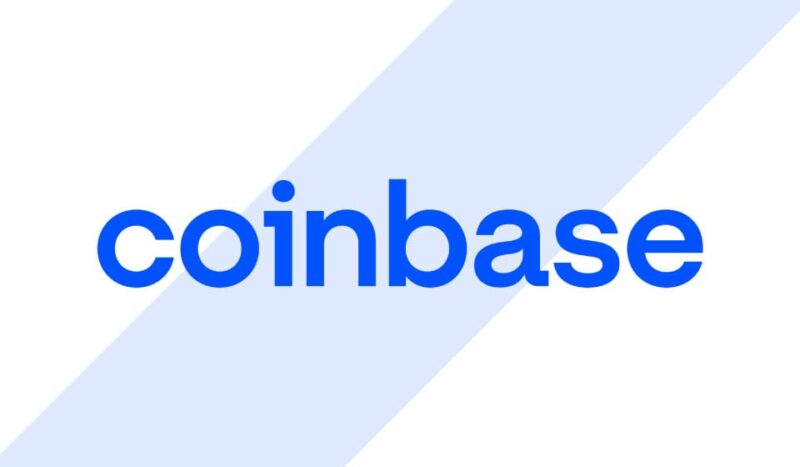Leggi questo articolo in Italiano

Stocks: the pillars of the financial market
By Gabriele Brambilla
What are stocks? Let's explore one of the most important asset in the financial world

The pillars of traditional finance
Stocks are undoubtedly the fundamental asset of traditional finance. Today we are going to learn about them in depth, understanding why they are so important, why to invest in them, and much more.
Let’s start with the basics by finding out what stocks are.
Index
What are stocks
What are shares of stock? The answer is not difficult: they are shares in a company and represent a small part of ownership.
A company defined as a corporation has the possibility of taking several forms; one of these is the joint stock company, known in Italy by the siglia SPA.
An SPA can be composed of several partners who divide their shares according to different factors. Thus we may find one partner with a higher percentage than the others, or perfect parity: it depends on the case.
Every decision depends quite a bit on the division of shares. A solid majority, in the hands of one or a few partners, will make decisions more easily than a more fragmented division of shares, without a majority that stands out.
Let’s take an extra step. A company may decide to evolve and go public, thus becoming public. One then determines the share of the company that one wishes to make available for purchase by investors, as well as the amount of shares. For example, the company might decide to distribute 30 percent of the company shares, for a total of 100 million shares.
The purpose of the move to the stock exchange is to raise capital to improve the company, make it grow and aim for higher goals. Those who buy shares, on the other hand, do so driven by the possibility that they will acquire value over time, as well as entitle them to a share of the profits generated by the company.
Speaking of listed companies: Coinbase is the first crypto exchange to go public, on the U.S. Nasdaq. This ensures high security standards, under the supervision of the Securities and Exchange Commission.
"A stock represents a small part of society itself"
Brief history of stocks and stock markets
Talking about the history of stocks and finance requires no small leap back in time.
Practices related to equities can be found as early as the 1600s, with the first stock exchange listing in history by the Dutch East India Company. The entity needed money to finance itself and keep its huge machine running. Hence the idea: to give investors the opportunity to buy its stock on the Amsterdam market.
From then on, the stock market grew to its present size. Close on the heels of the 1800s came the Philadelphia Stock Exchange, believed to be the world’s first organized trading floor. Soon afterward it was the turn of its New York colleague, the NYSE (New York Stock Exchange), today the largest exchange on a planetary level.

Technological evolution allowed the various marketplaces to grow and reach even distant investors. Indeed, thanks to the Internet, we find ourselves in a large stock market, where an Italian can trade on the Nasdaq, Frankfurt or Toronto from the comfort of home.
Of course, not everything has gone smoothly and there have been many difficult moments. The Wall Street stock market crash of 1929 went down in history, opening the long season of the Great Depression, followed by World War II.
We then think of the market meltdowns that occurred in the Dot-Com Bubble, as well as during the Subprime Mortgage Crisis: events that severely affected the stock market sector, but failed to stop it.
Today, the stock market plays a crucial role in the global economy, serving a dual purpose:
- For companies, it is a means of raising capital;
- For individuals, it represents a way to invest in their financial future.
The journey is not over, however, as the stock market continues to be a dynamic and ever-evolving institution.
"The history of stocks and related markets is long and promises to last for a long time to come"
Stocks as an asset to invest in
We have understood what stocks are in the stock market and quickly reviewed some history of the markets. Now we need to think about stocks as an investment asset. We will focus on the possible goals and strategies of a stock investment.
The most important factor, from which any other reasoning starts, is time. An investor can buy stocks and sell them shortly thereafter, as well as hold them for a lifetime. It all depends on the goals set:
- In the long-term, that is, periods ranging from years to decades, we do not take into account price fluctuations in the short to medium term. If a stock that we own in the long-term perspective lost 20 percent in value just today, we would not care (barring serious business disruption, which might change our minds). This is because we reason on significantly longer time frames.
- The middle ground is the medium term, which can last from a few months to a few years. This is a very popular route among retail investors, who follow natural market cycles and try to generate profit between buying and selling.
- Shorter periods, or even very short ones, can hold excellent gains, but they also carry enormous risks. These are trading and highly speculative operations, reserved for capable and experienced people.
A golden rule to remember is that time is inversely proportional to risk. Longer time frames are usually less risky than short ones, although there is still no guarantee.
Well, having dismissed time and related strategies, let us continue by entering the sphere of dividends, another interesting feature of stocks as an asset to invest in.
The dividend is a part of the earnings generated by the company connected to the stock, which is distributed proportionately to shareholders. Often, when a person wonders which stocks to invest in, the answer lies precisely among those that offer the best dividends.
With the right amounts, an investor can get a respectable return to reinvest or withdraw. In fact, passive income is generated by making our money work, without any additional effort.
Which stocks yield the most? Speaking of dividends, just do a search on the Internet and analyze the data of various stocks so you can identify the ones that pay the best. TradingView offers these numbers as well, all the more reason to use it.
Again, there are always risks involved. After all, you hold a stock that can lose value, if not even become waste paper. On the other hand, it is also possible that it will grow over time and with it the investor’s capital.
Stocks are a great asset to invest in, but they require a certain tolerance for risk. If we think about it, there are no safe investments; however, those with lower risk offer lower returns, as is natural. This is also the case in crypto, for example in DeFi farms : those related to very exotic cryptocurrencies will have extreme APRs/APYs, as well as dangers; those that are safer, such as on ETH/USDT pair, will offer lower returns.
Markets and stock indexes
Let us now discuss the most famous markets.
Among the best known and most influential stock exchanges are certainly those in the United States. There are three names to keep in mind: NYSE (New York Stock Exchange), Nasdaq (National Association of Securities Dealers Automated Quotations) and CME (Chicago Mercantile Exchange).

Moving to Europe, the prominent stock exchanges are those of London, Frankfurt and Paris. Borsa Italiana, headquartered in Milan’s Piazza Affari, is also widely followed and lively.
There are, of course, markets in other countries and continents as well. For example, China hosts marketplaces that generate huge volumes (including Shanghai), as do Japan, South Korea and Australia.
So far we have talked about stock exchanges understood as places of exchange. However, we need to discover another element that is part of this dimension: indexes, often mistakenly confused with stock exchanges themselves.
What is an index? In fact, they are baskets of stocks, the number and characteristics of which vary. For example, the Dow Jones index is among the most important on the NYSE and houses the stocks of huge companies such as Apple, Boeing and Chevron, operating in very different sectors (information technology and telephony, aviation and energy).
Based on its composition, an index can provide an immediate overview of the performance of a market or its particular niche. For example, an index that houses many technology stocks (such as the Nasdaq index) can give us insight into the behavior of the same sector.
How to invest in stocks
Investing in stocks is now very simple, and the biggest problem for the ordinary investor is deciding which stocks to buy.
One of the most practical methods is the bank.
The old-fashioned way, we can go to the branch, talk to a financial advisor and determine our personal strategy. The costs will probably be higher, and in addition we will not have control over the investments, meaning that we will have to trust the choices of others. The advantage lies in the accessibility of investing in stocks even for people who do not know the subject.
On the other hand, those with some knowledge can operate independently and buy/sell stocks effortlessly thanks to the many offerings via the Internet. The first is certainly home banking, in which many institutions have included the ability to trade stocks.
Then there are financial brokers outside banks, who specialize in buying and selling stocks, but also ETFs, bonds, derivatives and commodities. They offer generally more competitive commissions, although it depends from case to case.
For those who do not want to hold actual stocks but still want to trade these assets, platforms such as eToro, or decentralized finance protocols designed for just that, can be used.
The choice on how to buy stocks is wide, there is no doubt about it.
"From traditional banks to DeFi, via brokers, investing in stocks is getting easier and easier"
Conclusions
In this article we have understood what stocks are, but the adventure begins now.
Before investing, it will indeed be necessary to study the subject, establish strategies and reason about the risks. We will be by your side in this journey.
Thanks for reading, see you next time!
